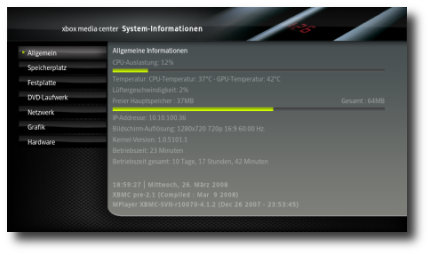Bereits vor einiger Zeit fragte ich in meinem Post „Thunderbird“ kurz nach, ob es moeglich sei, die eigenen abonierten Feeds mit Google Reader abzugleichen. Synchronisation, genauso wie ich Kontakte oder Termine auf einem Groupwareserver synchronisiere…
Jetzt ist es wirklichkeit geworden. Nicht von Thunderbird soweit ich weiss, aber Akregator – mein Newsreader unter KDE – hat einen initialen Abgleich jetzt implementiert. Cool! Dazu haben sie gesagt:
With the help of Frank Osterfeld, I’m working on a online reader synchronization module for Akregator. The goal is to synchronize Akregator with online readers such as Google Reader. RSS aggregators are great, but if someone uses different aggregators at home and at the office for example, he might have a hard time to synchronize them manually. As a consequence some people might prefer to use only one (probably „online“) reader. That’s why (in my opinion) a nice feature for a desktop reader is to make the synchronization easy (between both types of clients).
At first, we would only deal with the list of subscriptions: adding the new feeds, updating the existing feeds (the name and the category for example) and removing (optionally) the feeds that are not in the source. But in the future, it would be interesting to mark the articles as read or at least to mark an article as important if it is present in the other reader. We began the work with Google Reader because the Google API is really simple, but it would be obviously be nice to deal with other readers.
[youtube=http://www.youtube.com/watch?v=bDn6RBF5G24]
At mid-term, something like this should be based on Akonadi, but as a version of Akregator based on Akonadi won’t be released before KDE-PIM 4.2, a simple synchronization of the feed list (as opposed to a full sync, including items/item states) could be implemented on the current codebase and would already be available for KDE 4.1.
From a technical perspective, there is not a lot to deal with. All aggregators include more or less the same set of features. There can be some differences in the vocabulary (for example Google calls „starred“ something others would call „important“) but that’s not a problem. The main difference we have seen so far is the feed hierachy: for example Google uses labels and Akregator uses folders. That’s a difference but in such cases the only thing that we need is to agree on a simple mapping rule between both systems.
(via)
